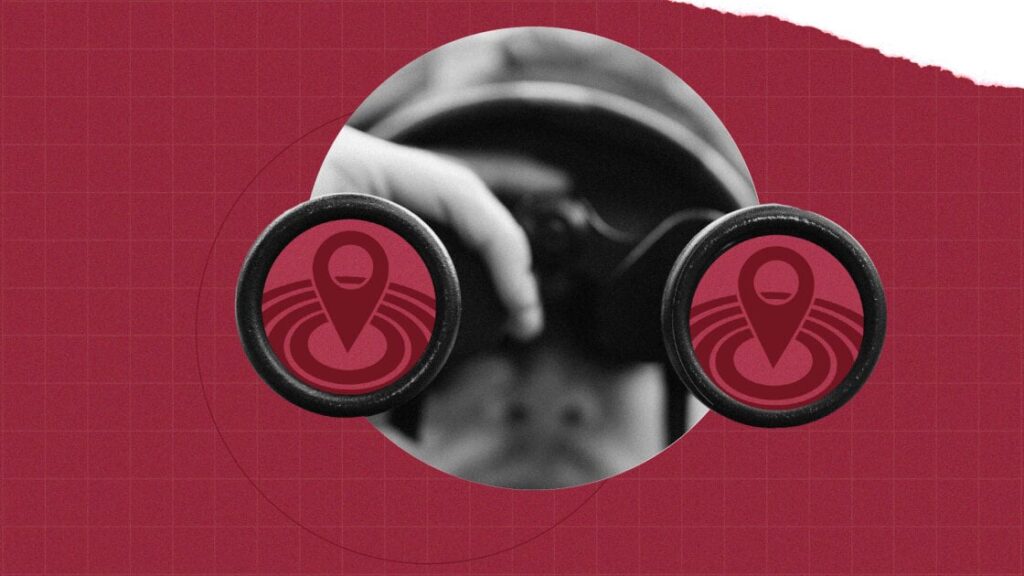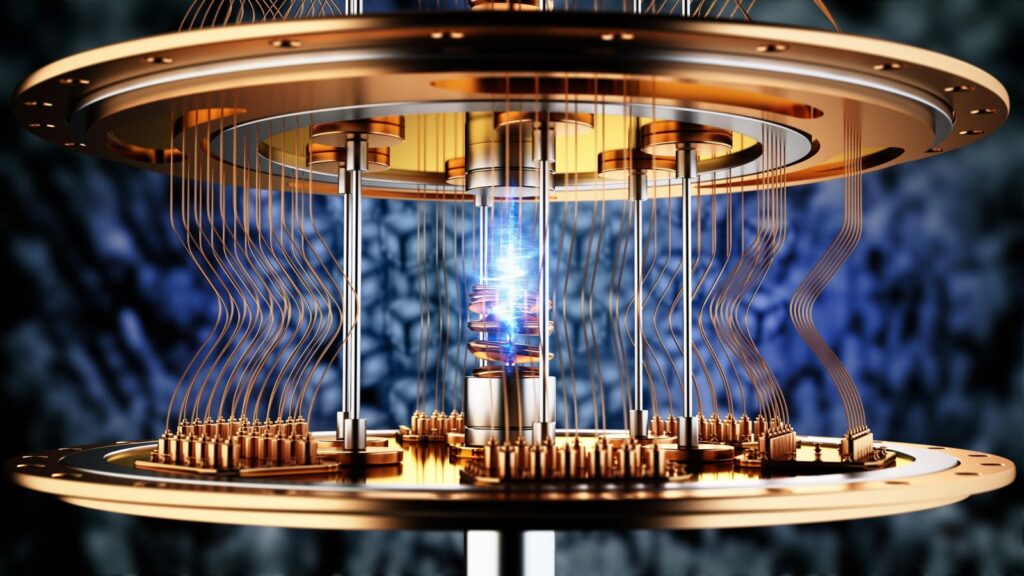HMD started using the Nokia brand after gaining a foothold in the market. His latest release stands alone. The HMD Skyline is a mid-range handset that focuses on being stylish while allowing consumers to repair a damaged device at home.
HMD Skyline
Unfortunately, a fundamental problem lies at the heart of the HMD Skyline.
The Skyline is being introduced as a phone you can repair at home. Parts are available through iFixit, and my review sample came with a full set of screwdrivers and parts so I could try the DIY disassembly process myself. If there is a damage to the USB port, you can fix it instead of buying a new phone. Cracked screens can be turned off. If there are problems with the battery, you can order a replacement.
It’s not an easy fix, there’s still a lot of adhesive used in construction that you’ll need to penetrate, and there’s no allowance for thick fingers. You will need the right tools, screwdrivers, pry bars and picks to get in and out. However, this is possible by following the instructions carefully, so credit must be given.
It is a big step towards durable equipment and the equipment should be kept in good condition for many years.
HMD Skyline
However HMD only supports the Skyline smartphone with two major Android updates. Given that it comes with Android 14, which is set to be replaced by Android 15 in the coming months, the second and final Android update for the device is widely scheduled for November 2025. Three years of security updates offer a little more peace of mind , but not much.
However, similarly priced handsets offer at least five years of software support, and Google’s Pixel 8a gets up to seven years of software and security updates. All the repair skill in the world is worthless if you can’t keep your personal data safe.
For many people, this will be a deal breaker.
This lack of synergy between hardware and software is all the more disappointing because HMD has a solid smartphone in the Skyline. The company started by licensing the Nokia phone brand while establishing itself in the market. The switch from Nokia to the HMD brand only began in September 2023, and less than a year later, we have what is arguably the company’s defining phone.
An app launcher for old timers is called Launcher 10 and is in the App Store.
Those with long memories have already picked up on the phone’s subtle beveled edge design along with a square front-facing display profile as a nod to Nokia’s Fabula design language seen on many Windows Phone devices. The Skyline sits just as nicely in the hand as those older phones, but it’s less stable on a table where the off-center camera creates a little wobble (main cameras pushed by the Fabula).
Those coming to the new design will find a unique look that stands out in the current production of phones; which is no easy task given the dominance of each home screen. This is helped by the Neon Pink pattern which stands out without being bold, although I think many will go with the more subtle Twisted Black.
At $500, the Skyline is at the top of the mid-range, yet the specs look even higher than that. Sure, it’s no Snapdragon 8 Gen 3, but the SnapDragon 7 Gen 2 is a capable chipset that delivers enough power for everyday use. This phone won’t be used for high-end gaming, nor will it be home to mission-critical apps. What it offers is a smooth experience for your web browser and your main applications, as well as photo and video processing.
HMD Skyline
The camera specs are a cut above normal even at this price point; The Skyline has a 108-megapixel main camera lens, a 50-megapixel telephoto lens with x2 optical zoom, and a 13-megapixel ultra-wide camera.
Photo processing is geared towards a more natural look, typical of older Nokia phones, rather than the high saturation seen on the likes of Oppo and Honor. The telephoto camera is a similar story, although colors tend to be a touch more vibrant than the main camera.
It’s limited to x2 optical zoom, and I suspect that’s an area where the target price has limited the specs. Digital zoom offers x3 and x4 options, but these are crops and zooms from the main camera lens, not the telephoto. The x4 is okay, but the x4 feels ambitious.
The Skyline also offers a 50-megapixel selfie camera, which again holds up well in terms of natural color reproduction levels. However, there are times when you can lose definition in darker conditions compared to the sharp detail you get in good light.
Choices around the battery show signs of compromises being made. At 4600 mAh it is one of the smallest batteries on the market at this price point, with 5000 mAh more common. Charging is slow, maxing out at 33W from a wired charger, and you’ll need to supply your own as there’s no charger in the retail package. A full charge, even at 33W, will take more than an hour.
Wireless charging is present, which is not always a given in this price range. It’s a feature I always welcome for its convenience in my lifestyle, even if it only offers 15 W. I’m at my desk often enough to make this work.
HMD Skyline
HMD’s Android implementation is one of the cleanest available. Google’s Pixel series is just as clean, but there are some additional first-party apps that aren’t available for the HMD. However, the relative lack of bloatware — whether third-party or apps that use cloud-based services — is welcome. Some are still here (Amazon and Booking.com seem to be everywhere, but thankfully, they can be uninstalled quickly.
HMD’s big addition to the Android UI is the custom button. This is located in front of the power button and can trigger actions either by pressing and holding, or by double pressing. The custom double tap option is also available on the power button. This is a solid idea implemented by other manufacturers in various forms over the years. You can only choose from a predefined list of actions in one of the most unintuitive “selector” dialogs I’ve seen in a long time.
The much-hyped Detox mode — which will limit alarms and social media notifications — will arrive in a later update. Using a similar feature to other manufacturers, it’s not something that appeals to me, although it has found an audience given the widespread adoption of the principle.
HMD Skyline
As with any cell phone, compromises and trade-offs must be made during the design process. Some phones go for a large and vibrant screen, some are keen on photography above all, while battery life is the target for others.
HMD’s move to put repairability at the heart of the Skyline helps it stand out in an almost unique way – the Fairphone 5 is perhaps the closest comparison. This will likely compromise some parts of the design to allow more protection around the components that consumers will be handling (such as the battery and its connectors). It is quick to describe, easy to understand and perform, and although many will never use it, they will find comfort and reassurance that the option is there.
Today, the HMD Skyline is a phone that does its best to stand out, not only because of the decision to make it user-repairable, but also because of its recognizable design and custom button. However, the weaker screen and the short-lived nature of the software support stick out in my mind.
Disclaimer: HMD provided an HMS Skyline for review purposes.

